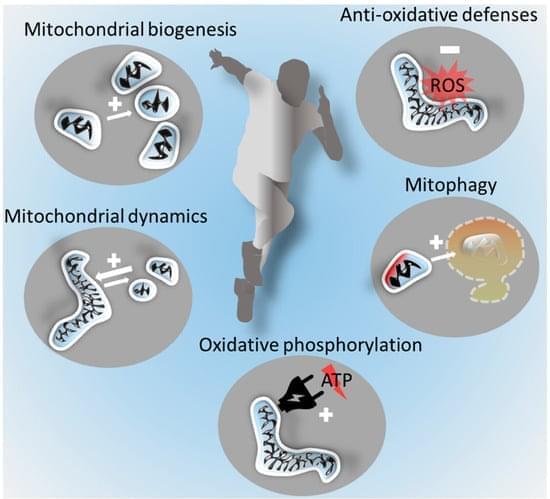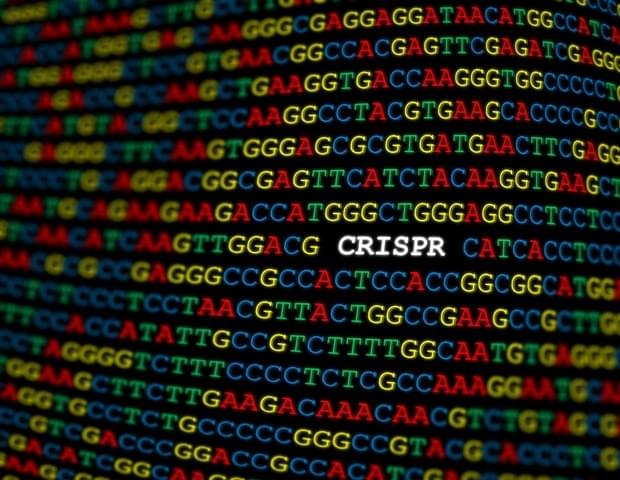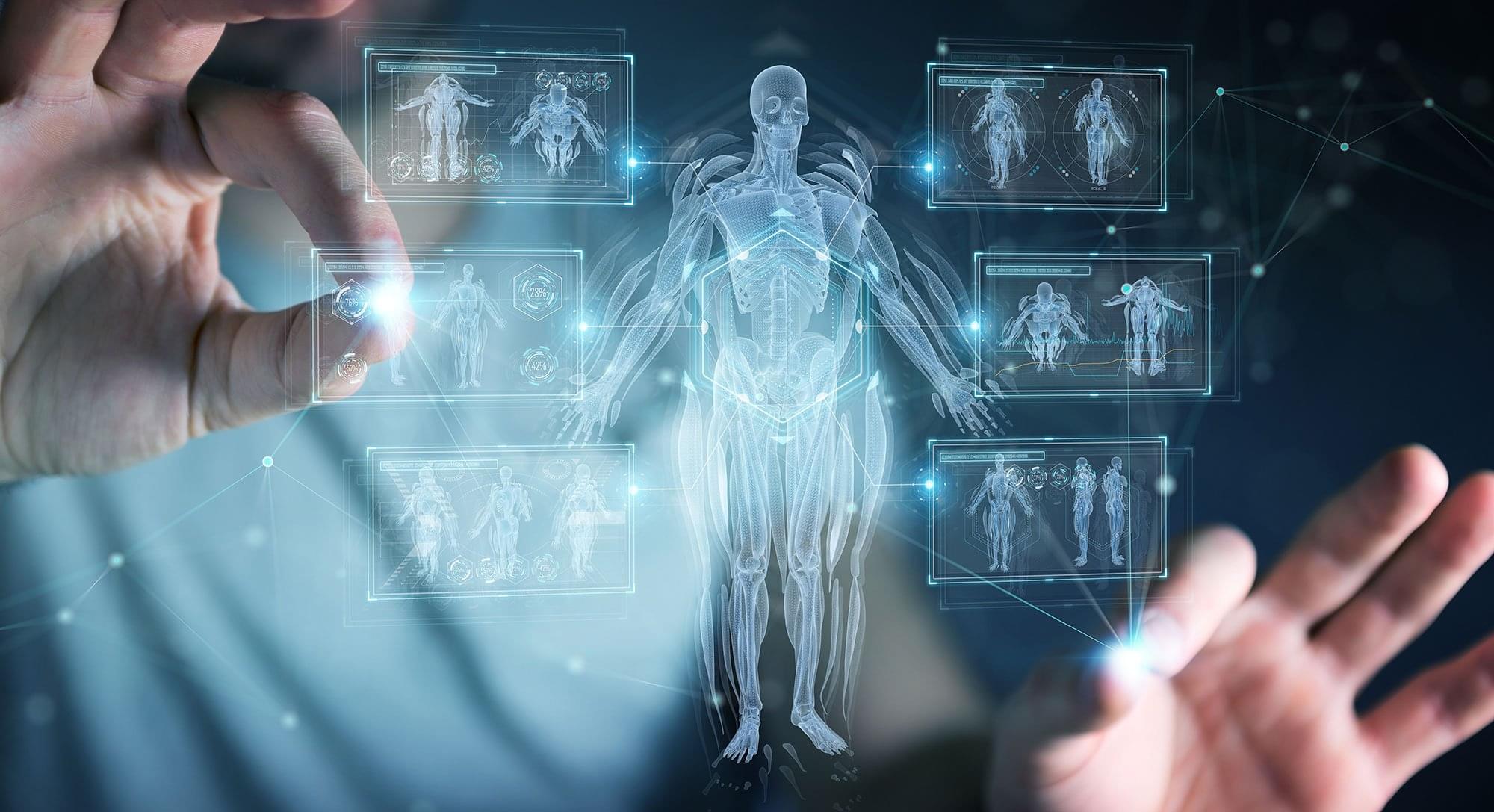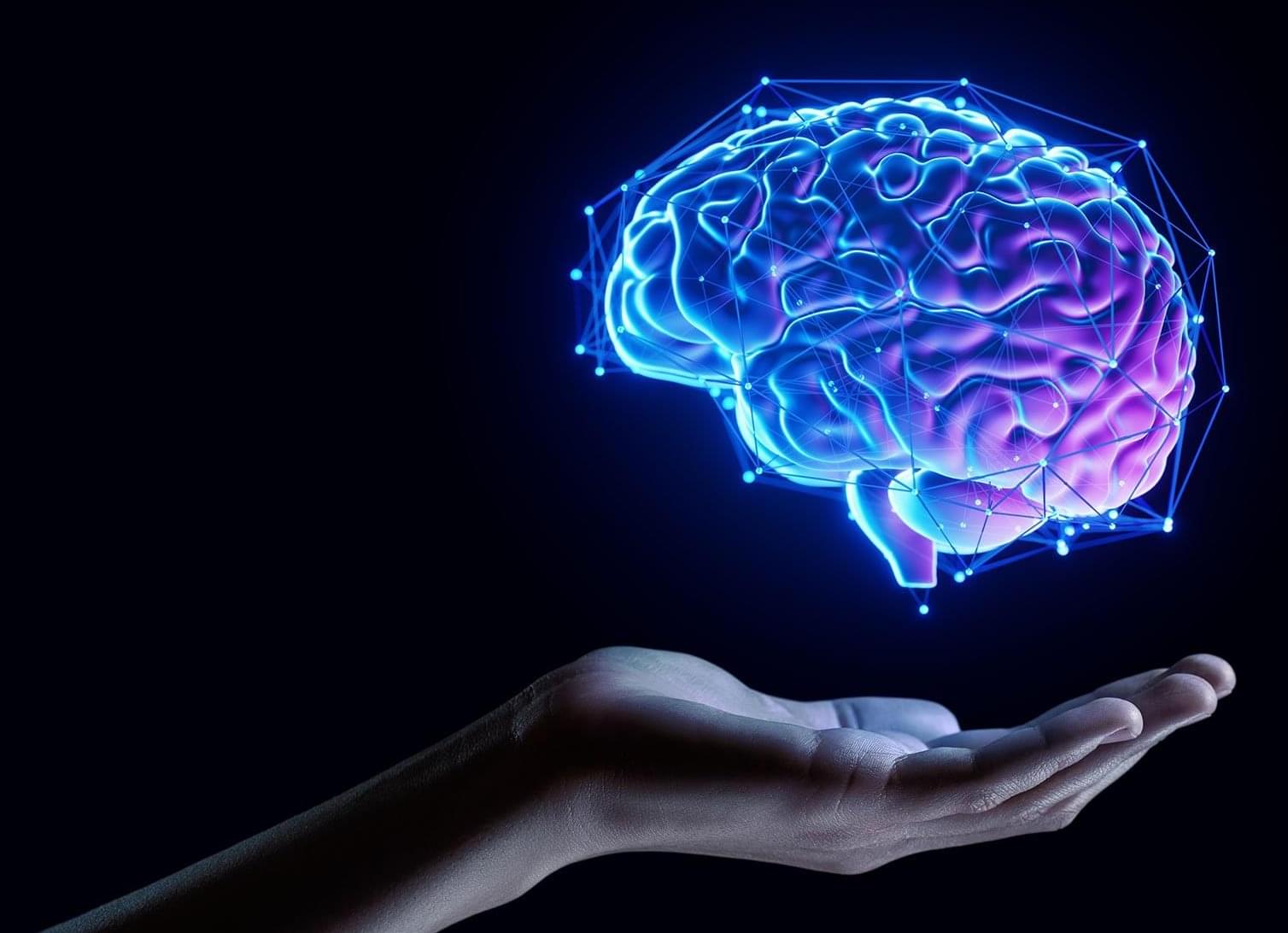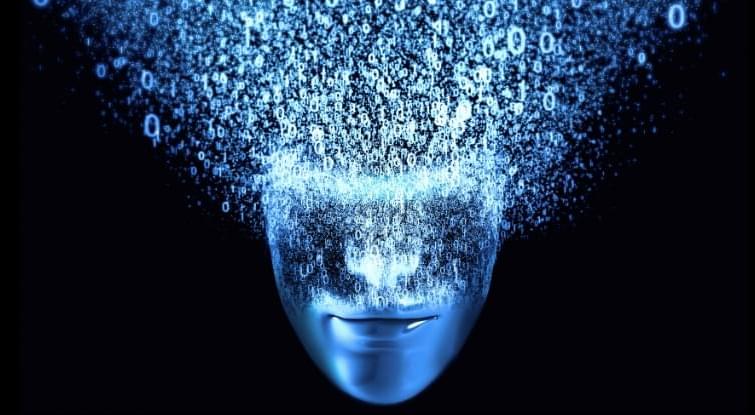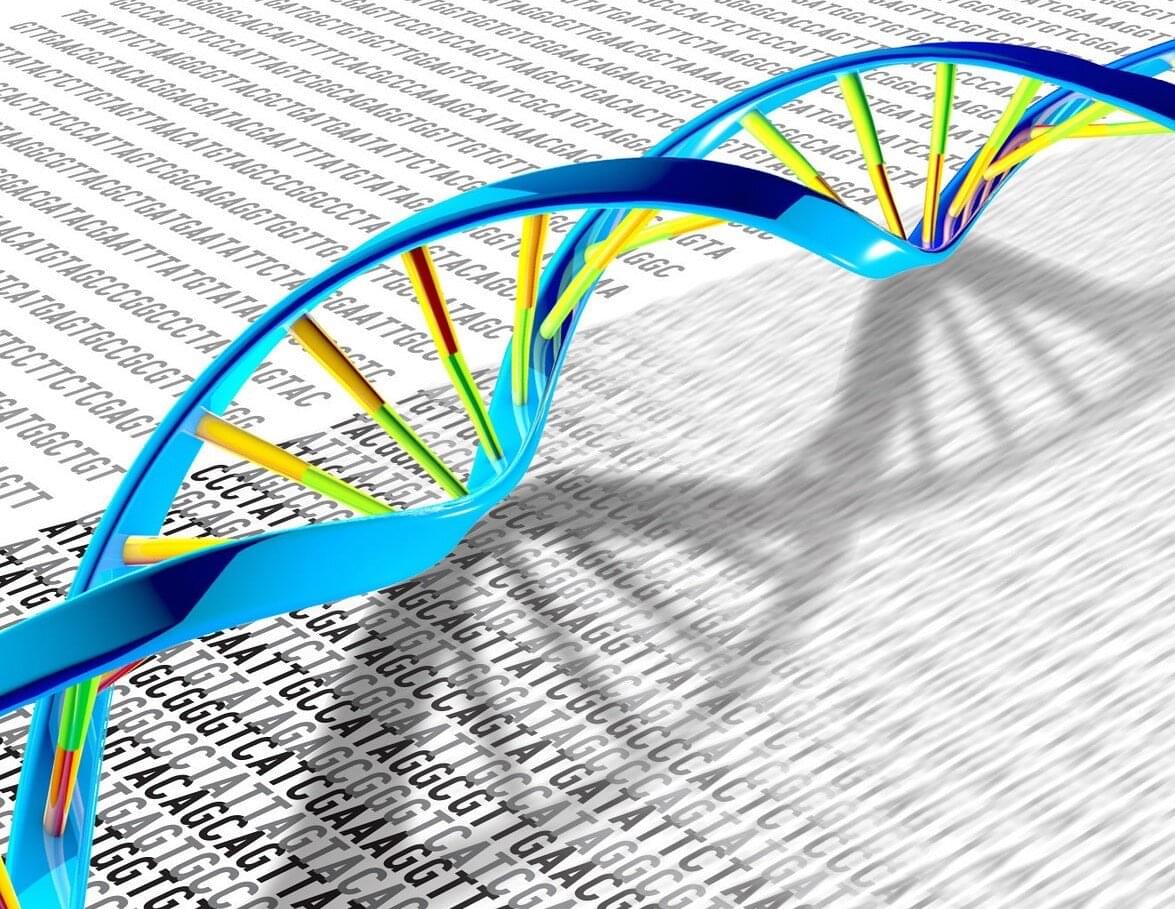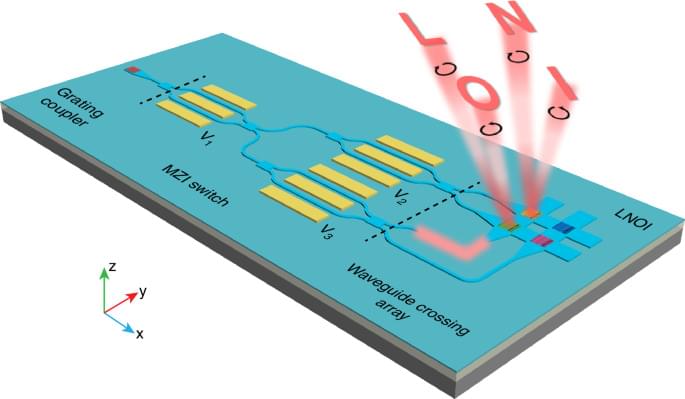Regular exercise is associated with pronounced health benefits. The molecular processes involved in physiological adaptations to exercise are best understood in skeletal muscle. Enhanced mitochondrial functions in muscle are central to exercise-induced adaptations. However, regular exercise also benefits the brain and is a major protective factor against neurodegenerative diseases, such as the most common age-related form of dementia, Alzheimer’s disease, or the most common neurodegenerative motor disorder, Parkinson’s disease. While there is evidence that exercise induces signalling from skeletal muscle to the brain, the mechanistic understanding of the crosstalk along the muscle–brain axis is incompletely understood. Mitochondria in both organs, however, seem to be central players.
